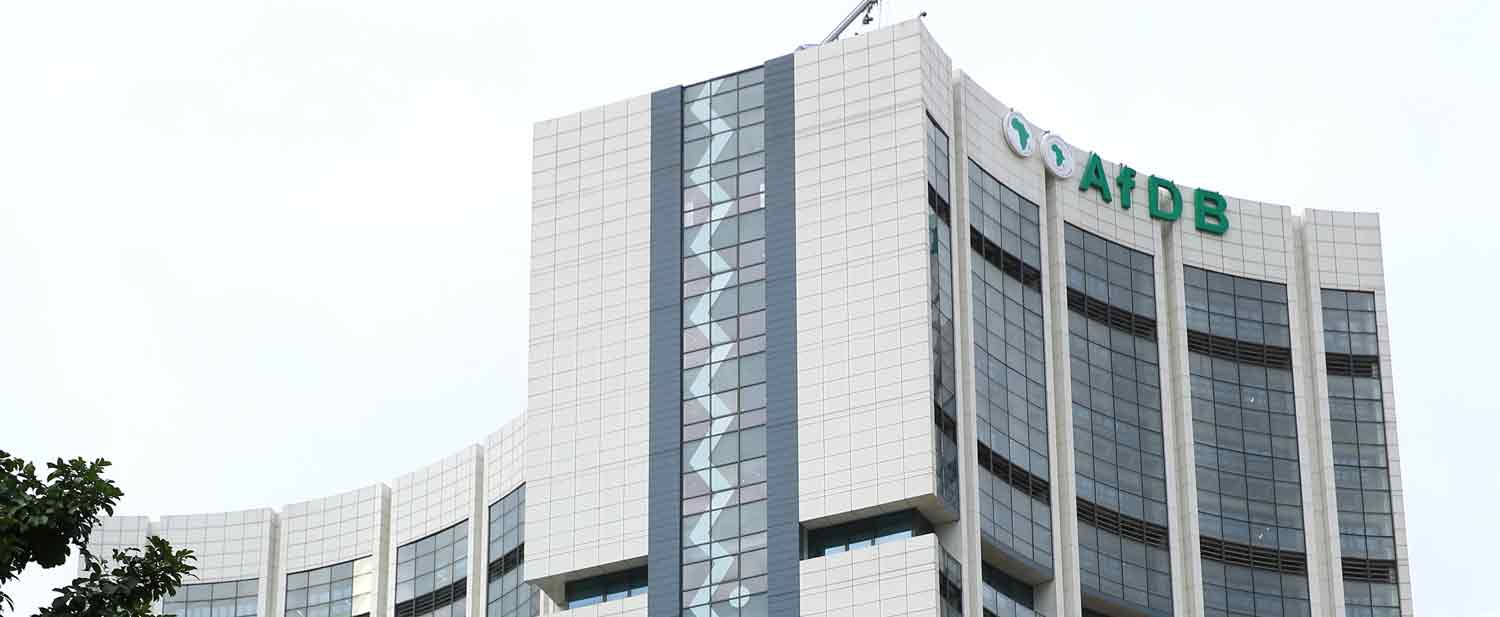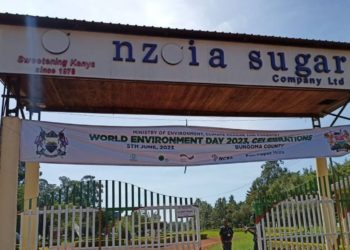The African Development Bank (AfDB), a prominent financier in Kenya, will redirect its funding emphasis from energy initiatives to transportation and water infrastructure, effective from this year through 2028.
The strategic realignment aims to prioritize sectors with the highest potential for economic productivity and job creation within Kenya. Presently, energy projects rank as the third-largest beneficiaries of the AfDB’s portfolio in Kenya’s infrastructure funding.
This shift is part of the AfDB’s broader strategy to intensify investments in sectors requiring substantial human labor, contributing significantly to job creation. In a review of its funding program for Kenya, the AfDB revealed that the refined infrastructure focus will predominantly target transport, encompassing roads, and water and sanitation projects.
Transport projects currently lead the AfDB’s funding allocation in Kenya, constituting 37.0% of the total, followed by water and sanitation at 20.0%, energy at 17.0%, finance at 13.0%, and agriculture at 7.0%.
The AfDB underscores that increased investment in roads will enhance transit times for Public Service Vehicles, anticipating an increase from 40 km/hour in 2022 to 60 km/hour by 2028. Additionally, the initiative aims to reduce transport operating costs from an average of USD 0.9 (KES 135.1) to USD 0.5 (KES 79.7) per vehicle/km over the same period.
The intensified funding of water projects is anticipated to propel industrial water usage to 16,000 cubic meters per day in 2028, up from 1,500 cubic meters in 2022. Water treatment capacity is also set to increase from 1,000 cubic meters to 6,000 cubic meters daily during the same period.
The AfDB’s strategic shift reflects its commitment to enhancing productivity and competitiveness in Kenya. Addressing challenges of youth unemployment and constrained development funds, the AfDB’s focus on critical infrastructure aims to foster sustainable economic growth. This realignment aligns with Kenya’s urgent need to expand public transport, water, and sewerage systems to accommodate the demands of rapid urbanization.


















